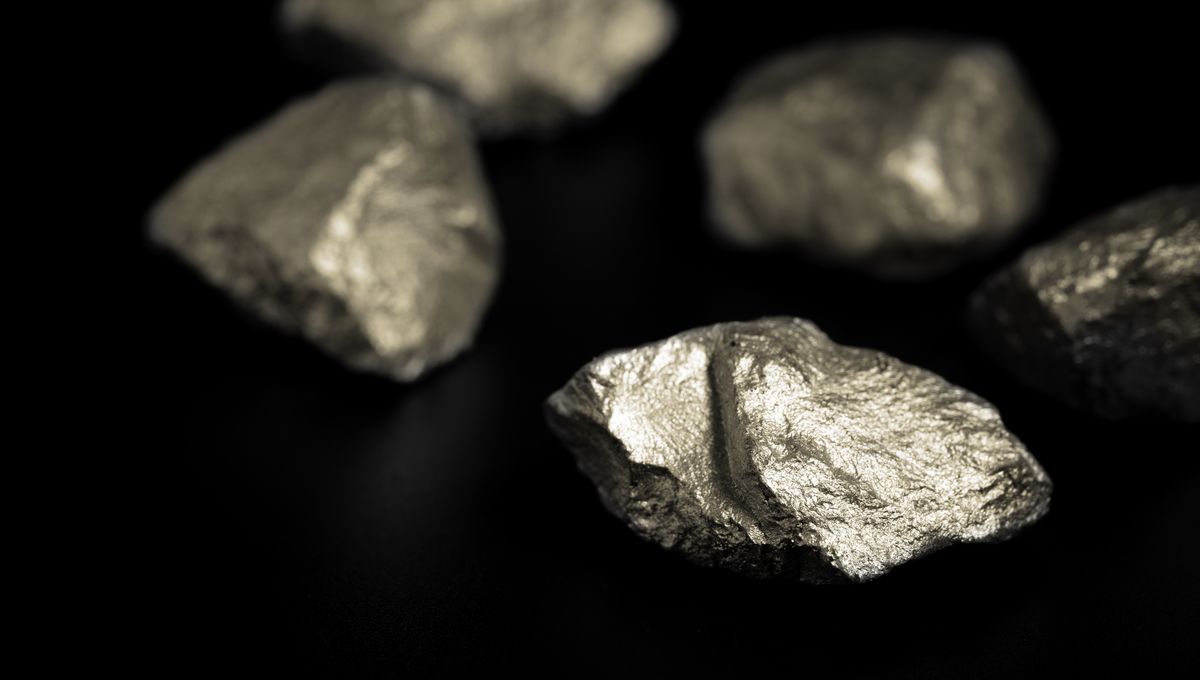
Rare-earth elements have some fantastic magnetic properties. The strongest magnets we know are based on rare-earths. They are found in many devices, including computing components such as hard disks. And still, tweaking the magnetic properties has not been a straightforward road. Scientists now have found a way to tweak them right at the subatomic level.
You have probably seen the diagram of an atom where the electrons are like little balls orbiting the central nucleus, like little planets. Well, that is wrong. Electrons have negative charge, so they push each other around, while the positively charged nucleus keeps them close in. The interaction between the forces allows the electrons to be in certain areas more than others, depending on quantum mechanical properties. Electrons are not placed in orbits but rather in these regions that we call orbitals.
Orbitals are filled in specific orders, and there are four types of orbitals: s, p, d, and f. The different labels refer to different spatial distributions. Basically, they have different shapes. Small common elements such as oxygen or carbon have just s and p orbitals. Metals have the d orbital, and these rare-earths can have both d and f orbitals. In the case of terbium, the orbitals present are f and s, with numbers in front of each to determine the energy of the specific orbital.
Crucial to this work is the outermost 4f orbital that contains eight electrons in the case of the terbium. Scientists shot the atom with an ultrashort laser pulse and discovered that they can turn it into a completely different orbital called 5d. It’s a little bit more energetic than the 4f and electrons are spread out in a different way.
The change might seem small at a quantum level, but the magnetic properties of this element originate from this very orbital. This change alters terbium properties in a very specific way and using these X-ray pulses it is perfectly controllable. And this is extremely exciting.
The standard approach to using these materials in magnetic storage media, for example, uses heat to alter them. HAMR (Heat-Assisted Magnetic Recording) data storage devices use lasers for the heating. Rare-earth magnets and an X-ray laser could do that more quickly and more efficiently, without the need for HAMR.
The study is published in Science Advances.
Source Link: Incredible Magnetic Properties Of Rare-Earth Elements Can Be Controlled With X-ray Laser